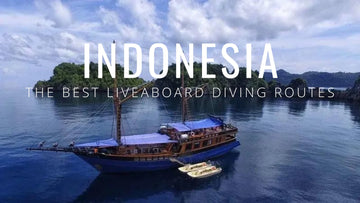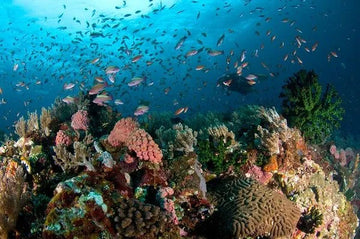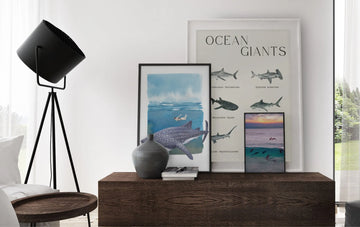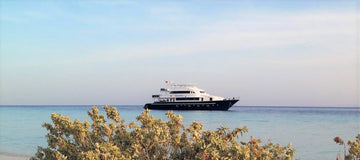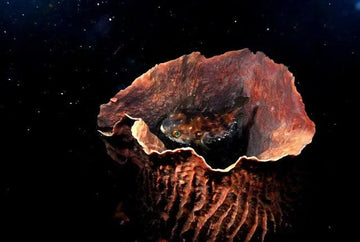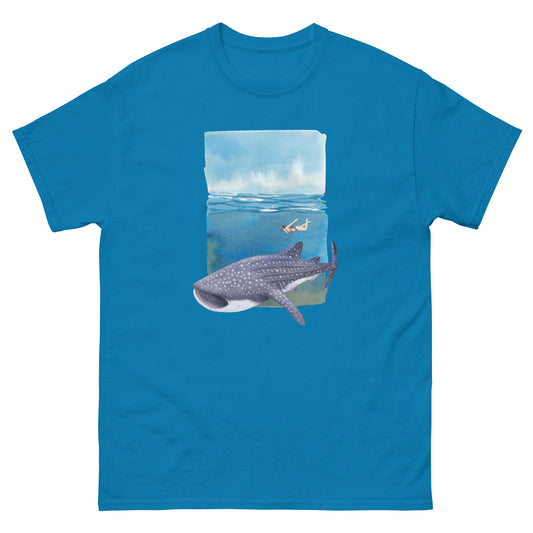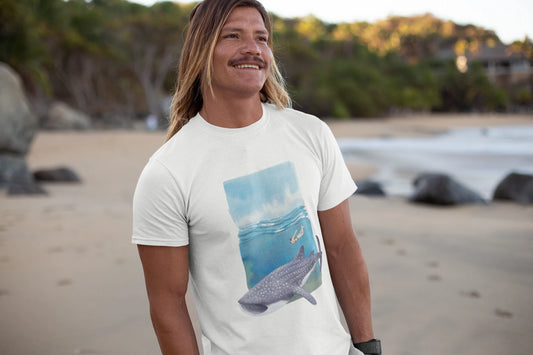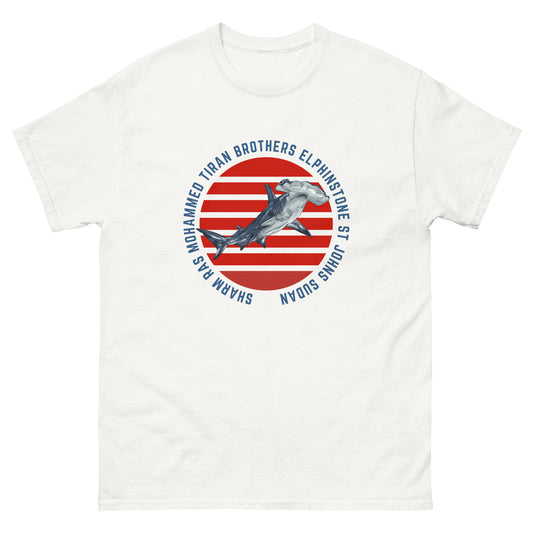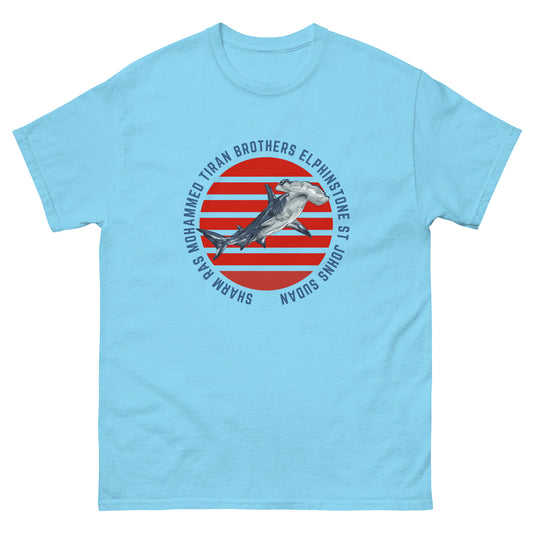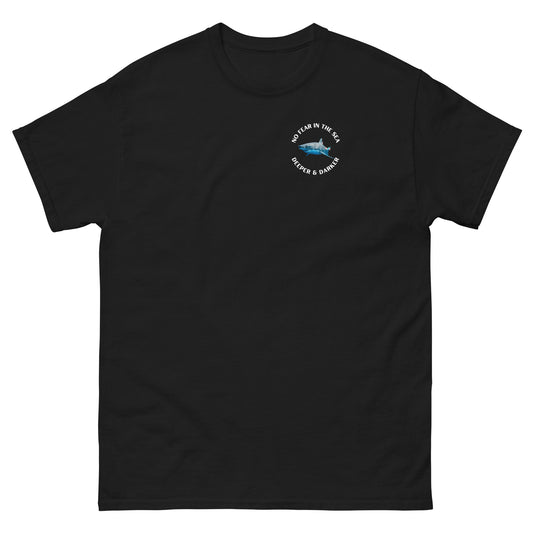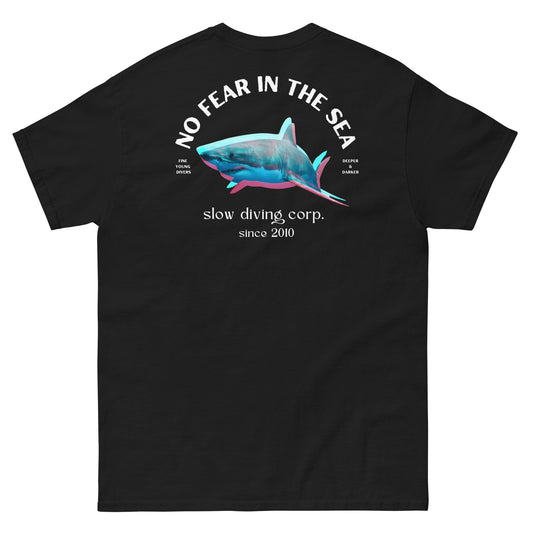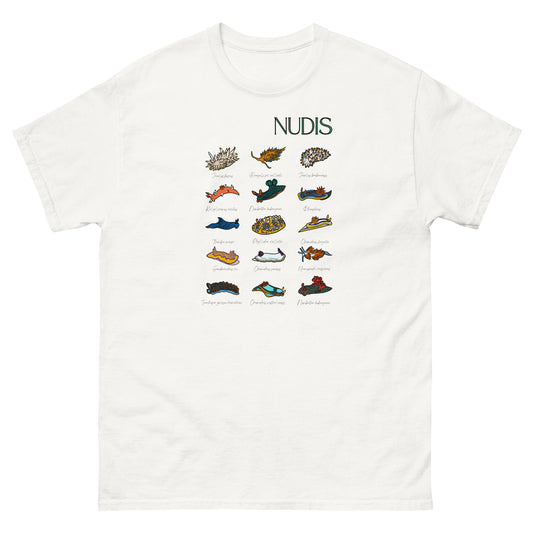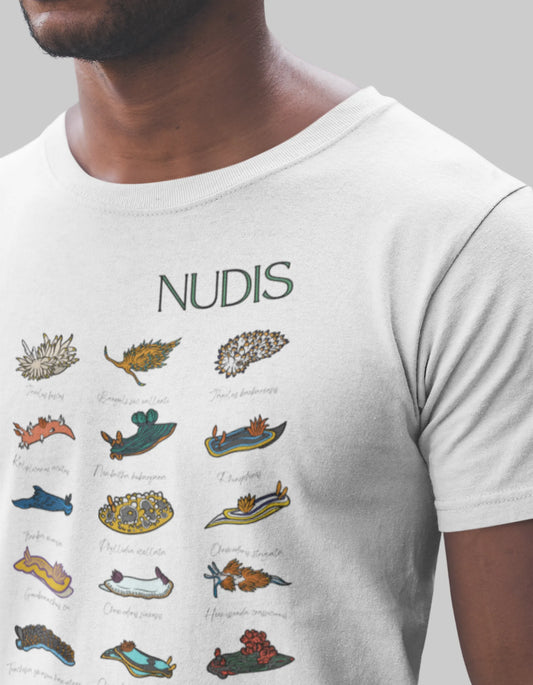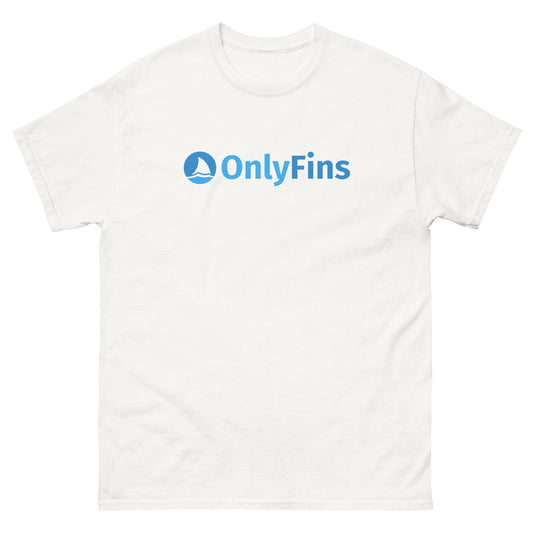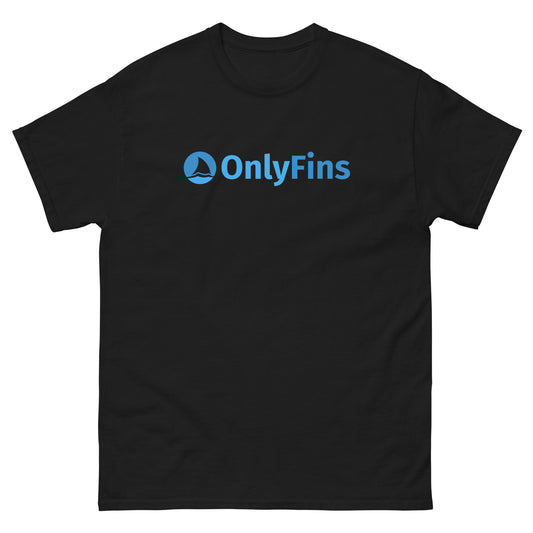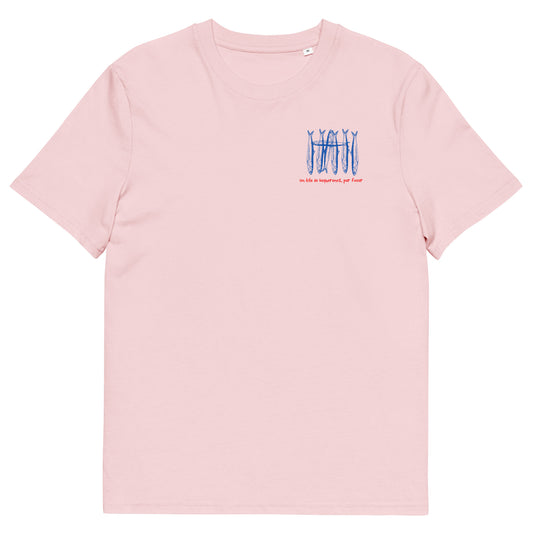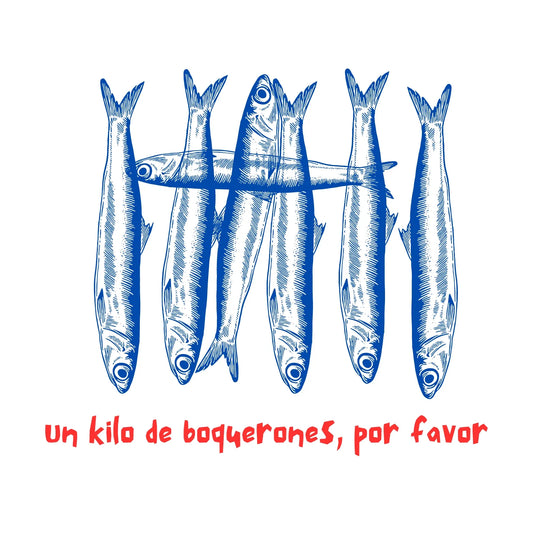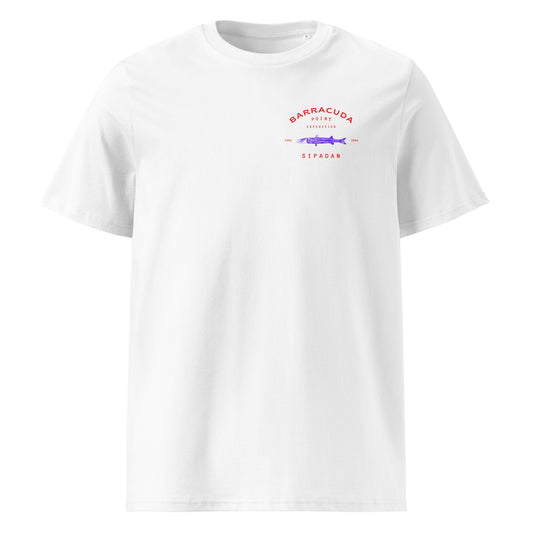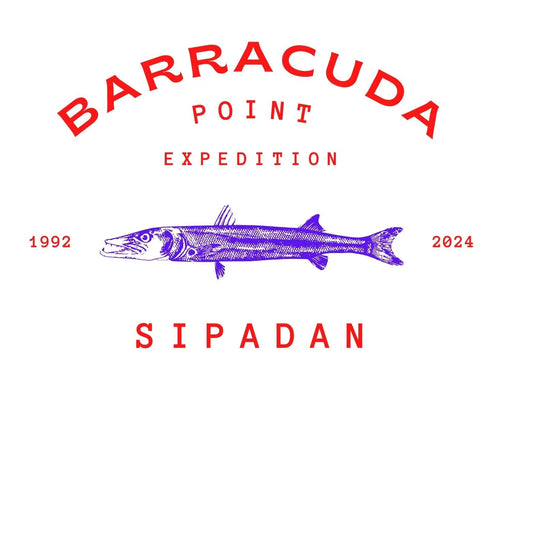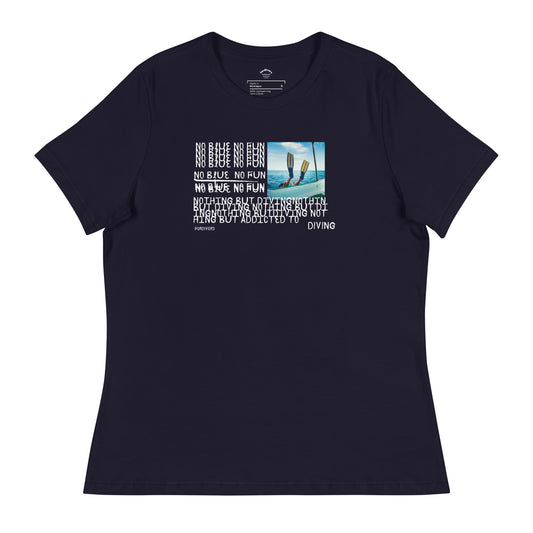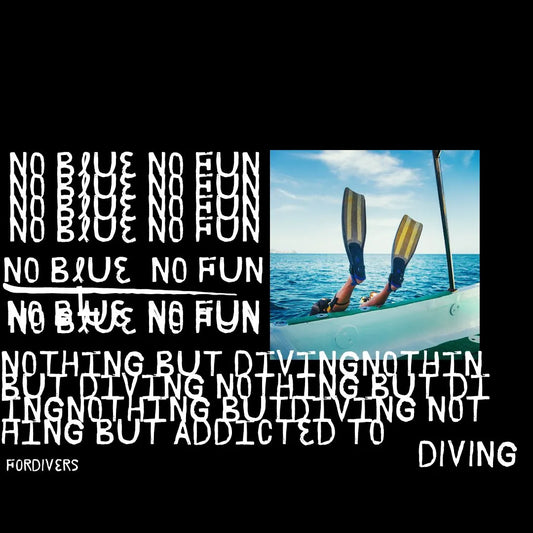In a country like Indonesia, with more than 13,000 islands, located in the heart of the Coral Triangle and home to some of the best dive sites in the world, the challenge to summarize the best Indonesia liveaboard dive itineraries in only 5 is highly complicated and, yes, we admit it, quite risky... but we will try.
These are 5 of the best dive routes in Indonesia, routes that all have something that makes them truly unique. They are all less crowded areas and the quality and quantity of marine life is exceptional. We have selected only premium liveaboards... which does not mean that they are extremely expensive. From as little as USD 2,300 you can have a 20 dive trip in one of the best places in the world like Komodo.
We have included a video with each itinerary. Like us, you know it's the best way to see the highlights of each site, especially when we're talking about areas of enormous diversity, full of life and pristine reefs. Are you ready?
1. Bali-Komodo
This route, one of the most popular, is not where you will find the largest pelagics and in the greatest quantity, but you will find a truly impressive biodiversity. If you have never dived in Indonesia, this route could be a good starting point as it is considered a summary of the scuba diving in Indonesia and the different types of fauna you can find in this country. Without forgetting a truly extraordinary dive, perhaps the most famous and appreciated, "Manta Alley", where you'll dive with dozens of curious manta rays hovering inches from your regulator, wondering what those bubbles are coming from these strange creatures. We counted 18 the last time we were there in the summer of 2016. This route also gives you the opportunity to join a shore excursion that attracts divers: the Komodo dragons. You'll be able to see them up close (and even smell them) in the Komodo National Park.
This route is subject to changes and variations, like all the routes you'll see in this article. But basically departing from Bali, visiting the Komodo Park and returning to Bali it could arrive in Labuan Bajo spending a couple or three more days on the south of Komodo. There are several interesting combinations to dive in Komodo, both north and south of the park, and it is worth studying them before booking your liveaboard vacation.
The Komodo National Park, the heart of this route, is home to more than 1,000 species of fish, 260 species of coral and 70 species of sponges. On this route you'll find easy and relaxed dives on shallow reefs, in warm water, calm and full of colorful coral gardens... but also drift dives next to coral walls where you can't see the bottom, visits from black tip sharks, gray sharks, white tip sharks or giant sunfish. You will also dive with extreme currents where you just have to go with it, like at the Shotgun dive site. Here in Komodo you will also have the opportunity to see dolphins and some whales if you are lucky.
In Komodo you should not miss a single night dive, ideal time to discover the amount of food that goes through these islands, plagued by plankton, and where you can see lots of frogfish, orangutan crabs, flamboyant cuttlefish, loads of Spanish dancers (with impressive sizes), pygmy seahorses... to en the dive and find yourself under a sky full of stars in one of the most remote areas and farthest from the light where one can dive. What more could you ask for?
 Komodo National Park is full of huge coral gardens where from time to time you’ll find nice surprises. Pic by Alex Lindbloom
Komodo National Park is full of huge coral gardens where from time to time you’ll find nice surprises. Pic by Alex Lindbloom
This liveaboard trip usually starts at Moyo Island for a check dive at Angel Reef, where it is very likely that a curious black tip shark will come to check you out. Among the large number of sponges there are turtles, a large number of surgeons, eels or an occasional sea snake looking for food between the holes in the reef, huge moray eels...
Before entering the Komodo National Park there are some really interesting dives, but it's in the National Park that the coral gardens start to get bigger, the huge schools of fish get bigger, you'll see more and more turtles, the sea fans get wider, some black corals start to appear in the depths...
This route is suitable for all levels and will be enjoyed by both macro and wide angle lovers. It is ideal for those divers who continue to be moved by the feeling of being children, searching through rocks and corals to find amazing invertebrates and small colorful fish... and I assure you that your interaction with the manta rays will be unforgettable.
Best time to dive In Komodo
This dive route is active all year round, with more liveaboards in Komodo from May to October-November. Then many cruises go to Raja Ampat. Visibility is better from November to January, but it is during the summer when there are more concentrations of food and plankton in the water and activity, especially of manta rays, is greater. The sea is a bit choppier, but this is not a major problem, other than a slightly more uncomfortable cruise.
2. Banda Sea & Ring of Fire
This cruise is (usually) an 11 night dive trip due to the long crossings. It has a hard to beat mix of macro and large animals, combining the best of the Banda Sea and Misool, in the south of Raja Ampat.
This itinerary allows for changes in itinerary depending on sea conditions, and depending on whether the cruise includes more or fewer nights, you can also dive the Forgotten Islands. Departing from Ambon or Maumere, the cruise will take you through the Banda Sea and the "Ring of Fire" (named for the presence of numerous active volcanoes) on a route steeped in history and blessed with some of the best diving in Indonesia, with a huge variety of species, both large and small. Traveling around 550 nautical miles, you'll visit many different islands and a wide variety of dive sites in an area of very clear and nutrient-rich waters that attract pelagic species such as giant sunfish, manta rays, hammerhead sharks, dolphins, sailfish... and if you're very lucky, you may see sperm whales or whale sharks crossing the channels.
With amazing visibility of up to 30 meters and walls full of corals that drop hundreds of meters into the abyss, the cruise starts in Ambon, where there is excellent macro diving and one of the world's top muck dives, with lots of scorpion fish, frog fish, cockatoo fish, many different types of leaf fish, pipe fish of various species, mimic octopus, mandarin fish, seahorses... The list is spectacular, unbelievable.
In Misool, one of the 4 main islands of Raja Ampat, you will dive more than 9 sites where we can find everything from cleaning stations of manta rays to huge jacks in big schools, white tip sharks, gray sharks, wobbegong sharks, the beautiful humphead wrasse... all living in an environment of spectacular white and hard corals.
A very interesting area, perhaps the most appreciated by lovers of strong emotions, is located in the Dampier Strait, a channel where strong currents create a bloom of marine life and where big fish feel particularly comfortable: mantas, sharks, tunas, jacks and barracudas come to these areas where they hang with the reef hook to watch the ocean go by.
 Pulau Manuk, one of the islands of the Banda Sea, common stop in liveaboards. Image courtesy of MV Ambai
Pulau Manuk, one of the islands of the Banda Sea, common stop in liveaboards. Image courtesy of MV Ambai
Banda Neira, the main island of the Banda Islands, is an important part of this cruise. This island, one of the 10 small volcanic islands, has incredible hard coral gardens. Around the island you'll find some channels that flow out into the Banda Sea, completely loaded with nutrients, which guarantees a beautiful spectacle with huge schools of fish, very much desired by every diver: giant groupers, big shoals of barracudas, snappers, surgeon fish or sweet lips living around beautiful corals. The currents, sometimes quite strong, do not guarantee the best visibility, but there is a great possibility to see mantas, hammerheads, mobulas or schools of eagle rays.
Best time to dive In Banda Sea
The best moment to visit the Banda Islands are the months of March and April and from September to December. Outside of this time the weather is unstable and there are few liveaboards operating that route.
3. Forgotten Islands
This route to the "Forgotten Islands" is a journey through time. They are called "forgotten" because they have had little contact with the rest of Indonesia for centuries. Less than 1% of Indonesians live on the 1,000 sparsely populated islands that make up the Moluccas, stretching east from Alor to Ceram and Ambon.
Due to the changing climate and the possibility of storms in the area, the itineraries of this route, up to 13 nights, can change. The cruise usually starts in Ambon, the capital of the Moluccas, and ends in Saumlaki on Tanimbar Island, but it can also start in Labuan Bajo or Saumlaki.
This cruise has an adventurous character, visiting areas that have only recently been opened to diving cruises, diving and cruising around volcanic islands. In addition, this route can be done in some of the best diving sailboats built in the traditional way with Indonesian wood, making this dive trip something exceptional.
Through this route in the "Forgotten Islands" you'll dive some of the most extensive and intact coral reef systems that Indonesia has to offer in its more than 850,000 square kilometers, with steep walls but also comfortable slopes sheltered from the current, easy and relaxing dives but at the same time exciting and super interesting.
As you can imagine from such a remote area, the quantity and quality of life, as you have seen in the video above, is extraordinary, both small and pelagic life: large schools of reef fish as well as frequent sightings of large tunas, barracudas, giant jacks, dogtooth tunas (Gymnosarda unicolor) that can exceed two meters, thresher sharks, white and black tip sharks, gray sharks, humphead wrasse, huge clouds of fusiliers...

In the Forgotten Islands we can find a high quality muck diving. Picture of Tiare Liveaboard
Among the most outstanding areas and dive sites we have to mention "Nusa Laut", a reef full of beautiful corals and great macro diving where scorpion fish, pipe fish, frog fish of a thousand species, rhinopias, blue ring octopus and larger animals like barracudas, white tip sharks, humphead wrasse, manta rays and sometimes even hammerhead sharks. Another dive site where the liveaboard stops for a couple or three dives to meet pelagic fauna and big fish is "Koon", where a channel receiving currents allows you to dive with giant groupers, white tip sharks, manta rays, mobulas, schools of barracudas, sweet lip fish, tuna or sea snakes.
Best time to dive in The Forgotten Islands
The best months for this cruise are October through late December and March and April, when there are fewer tropical rains and calmer seas, although cruises are also offered in September and May, but conditions are usually worse.
4. Flores & Alor
Once again we have chosen a remote route, far away from overcrowding and any kind of modern civilization. This fact usually ensures that the reefs are in an incredible state, almost pristine, with only a few lucky divers and local fishermen coming into play. During your dives along this exciting and relatively new dive route you can expect to see an incredible underwater biodiversity. Waters coming up from great depths and currents between the islands bring nutrients to the reef. And if there is life on the reef, large fish will come to feed on it: sunfish, thresher sharks, hammerhead sharks, dolphins, spearfish, sailfish and even humpback and blue whales!
If you join this cruise, you will most likely embark from Maumere, on the large island of Flores in eastern Indonesia, en route to Alor to spend the next few days diving around the islands of Kumba, Ternate and Pura (all in the Strait of Pantar). The cruise continues to the islands of Marisa, Kawula, Solar and Adonara before returning to Maumere.
On the island of Kumba there is a spectacular volcano where you can enjoy one of the most beautiful sunsets I've ever seen in Indonesia. The surrounding waters of this island allow for the accumulation of nutrient-rich currents, creating fantastic conditions for encounters with some of the largest fish in the ocean, from white-tip and gray reef sharks to giant groupers and even whale sharks.
A curious experience will be to meet young fishermen (most of them under 15 years old) with their homemade goggles, diving without shoes or fins to check their traps. They will be happy to pose for you:-) You will also find giant barrel sponges, hard corals, huge schools of crystal fish, sweet lip fish, emperor angelfish, turtles, sea snakes, countless cleaning stations full of blennies...
Most of the liveaboard cruises that visit Flores and/or Alor make a mandatory stop at Pulau Buaya, Ternate and Pura, three small islets nestled between larger islands that form a channel teeming with life. The water is usually colder than the rest of the route, between 20 and 22 degrees, and you will find unforgettable dives like "The Bullet" or "Sharks Galore", full of sharks, turtles or manta rays and where, be careful, the current can take away your regulator! A truly exciting dive where the most attractive octopuses of the ocean appear: mimics, wonderpus or blue rings are easy to find in these islands.

The white tip sharks are very common in Alor dives. Image courtesy of Damai I
Muck diving is also first class in Alor, in areas such as the large island of Kawula, home to frog fish, all kinds of seahorses, pipe fish, commensal shrimps, box crabs, all kinds of nudibranchs...
Some routes include a visit to Lamalera, an area where whales and manta rays are still hunted in the traditional way, with harpoons in large bamboo sticks. The meat is later eaten in the village of about 2,000 inhabitants. It is an unpleasant experience that many liveaboards avoid, but others include it in their itineraries. And there is a chance, if the villagers allow it, to visit the village. A very interesting experience.
The cruise usually ends at a great muck dive site "Muck Central" in Maumere where you will be amazed by the large amount of frogfish, the incredible Ambon scorpion fish, leaffish, mandarin fish, black corals, seahorses, harlequin shrimp... an essential dive to confirm that Indonesia is one of the best (if not the best) muck diving destinations in the world.
Best time to dive In Flores and Alor
You can dive Alor all year round, but the best conditions are found from March to December. Outside these months the surface conditions can be unstable, navigation a little tricky and there is a greater chance of rain reducing visibility.
5. Raja Ampat
There are dozens of different liveaboard diving routes in Raja Ampat, and we could not leave it out of this selection...or choose just one route. It had to be included because many who know Indonesian diving very well, including the crew and guides I met in Komodo on my last trip to Indonesia, have one thing in common: Raja Ampat has the best diving in Indonesia.
Why is Raja Ampat so special? Mainly because its biodiversity is even higher than in other areas of Indonesia. It seems hard to beat areas like Komodo or Alor, but it's true. More than 1,200 species of fish, 600 species of coral, almost 700 species of mollusks...
There are many routes that pass through and focus on Raja Ampat, with many variations from those that start and end in Sorong, those that include Lembeh and end in Manado, some that include the Ring of Fire... Raja Ampat is a box of surprises that never ceases to amaze even those who have dived all over the world. A place where on the same dive you can see from the smallest seahorse to the largest oceanic manta ray and in between a huge variety of species of all sizes.
Diving in Raja Ampat is generally drift diving, following the currents that fill the more than 1,000 small islands of Raja Ampat with life. Some areas have huge schools of fish and regular sightings of sharks such as the Wobbegong. At Mansuar you are likely to see large groups of manta rays and turtles. From the boat, and often close to shore, it is possible to see families of resident dolphins and even whales!
 Manta rays are one of the thousand attractions of Raja Ampat. Image by Indo Siren
Manta rays are one of the thousand attractions of Raja Ampat. Image by Indo Siren
Raja Ampat is probably the place in the world with the greatest variety of dive sites. For example, in Misool, one of the first stops on some of the Raja Ampat liveaboard cruises, there are more than 100 different dive sites, and where liveaboards usually spend a couple of days, with 6 to 8 dives in total. It's an area full of pinnacles with an extraordinary density of fish, surrounded by giant gorgonians, the most colorful soft corals, pygmy seahorses, oceanic manta rays in large groups, sharks, turtles, huphead wrasses, jacks... Also in Misool you have the chance to dive in beautiful mangroves with a lot of small life that will soon occupy the coral gardens and the ocean... and where occasionally a saltwater crocodile appears.
Other extraordinary dives on the Raja Ampat cruise will take place in the Dampier Strait, where a stop will be made at the manta ray cleaning station, where, as in Komodo, dozens of mantas will approach curiously to play with our bubbles. In Raja Ampat you will also dive in areas of black volcanic sand where the muck diving and the macro life are of a very good level: frogfish, pygmy and pontohi seahorses, blue ring octopus, nudibranchs, rhinopias...
Another interesting dive is at Alyui Bay and its pearl farm where you can see how pearls are cultured. This bay also offers dives with walls covered with soft corals and gorgonians with lots of nudibrachs and pygmy seahorses. Especially interesting are the night dives where, with a bit of luck, you can see the strange epaulette shark (Hemiscyllium ocellatum), a small shark that seems to walk on its fins, as well as wobbegongs, crocodile fish and frogfish of various species and sizes.
Best time to dive In Raja Ampat
Most liveaboards operate the Raja Ampat route from October to the end of April, although it is possible to find some liveaboards that operate throughout the year. During the months of July and mid-September, there are strong winds and waves that cause the boats to schedule other areas to visit. Usually, the good Komodo season ends in September and the liveaboards start to make routes around Raja Ampat.
Each of these routes around Indonesia can be the best diving trip of your life, a trip in which you will have all the underwater jewels at your fingertips that made you fall in love with this sport. You will dive with the biggest predators and the most delicate creatures of the sea, in a wild environment, completely isolated and full of peace, on board ships where you will meet dozens of strangers whom you will say goodbye to ten days later as new friends with whom you will share your great passions: diving and the underwater world.

